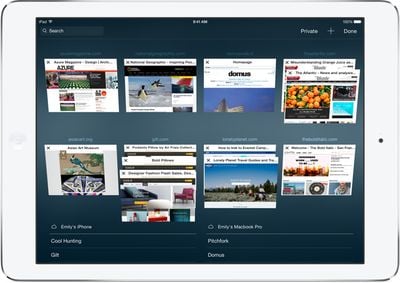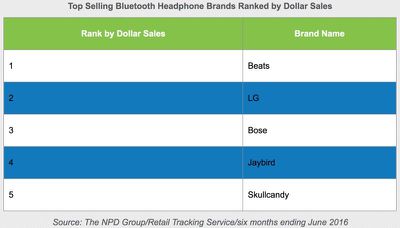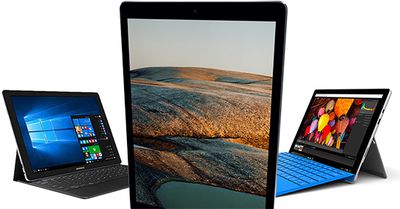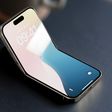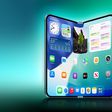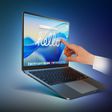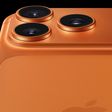The newest story set in J.K. Rowling's Harry Potter universe, called Harry Potter and the Cursed Child, has launched worldwide on Apple's iBooks platform. Referred to as "the eighth story," Harry Potter and the Cursed Child is a script of the play of the same name, which has been in previews at the Palace Theatre in London over the last few weeks, and made its official world premiere tonight.
The play is based on an original story from Rowling, along with collaboration from director John Tiffany and writer Jack Thorne, and picks up the story of Harry, Ron, and Hermione nineteen years after the events of Harry Potter and the Deathly Hallows, in line with that novel's epilogue. The plot is said to not only be focused on the three heroes, but their various offspring and their own time at Hogwarts.

It was always difficult being Harry Potter and it isn’t much easier now that he is an overworked employee of the Ministry of Magic, a husband and father of three school-age children.
While Harry grapples with a past that refuses to stay where it belongs, his youngest son Albus must struggle with the weight of a family legacy he never wanted. As past and present fuse ominously, both father and son learn the uncomfortable truth: sometimes, darkness comes from unexpected places.
Told in two parts with an intermission in between, the script released today contains both halves of the story and is referred to as "The Special Rehearsal Edition." Scholastic -- Rowling's longtime publisher in the U.S. and Canada -- plans to release a "Definitive Edition" of the story in early 2017, which will contain fine-tuned tweaks made through Cursed Child's preview run, including the play's "perfected, definitive" script and final stage directions.
Harry Potter and the Cursed Child will be available in all markets supported by iBooks beginning on July 31, coinciding with the birthday of Harry Potter himself. Within the United States and United Kingdom, users will be able to choose from iBooks [Direct Link], Amazon Kindle, Barnes & Noble Nook, Google, Kobo, and WHSmith (exclusively in the U.K.) as e-book options. The e-book is priced at $14.99, while the retail version of the book will cost fans $17.99, and will be available at most brick-and-mortar booksellers.


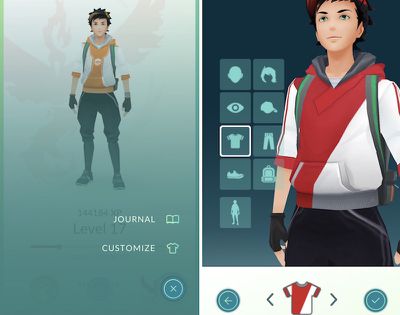
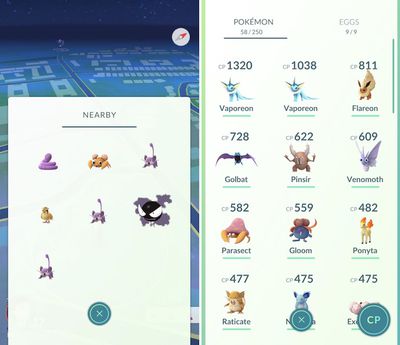
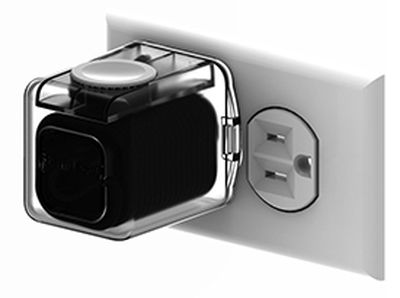 While I have long used the
While I have long used the 
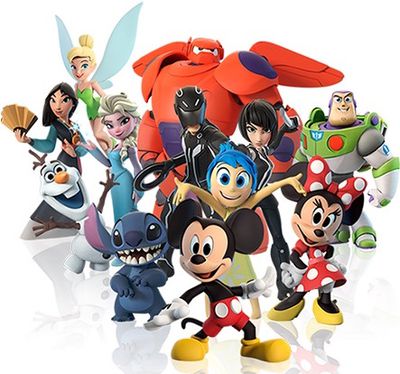
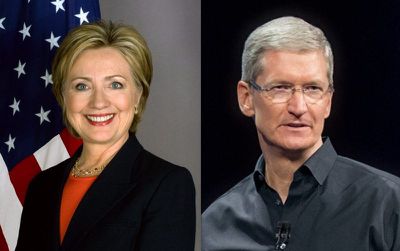
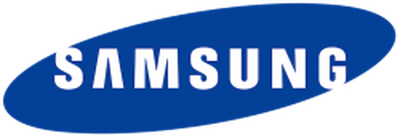 Apple has urged the U.S. Supreme Court to rule against Samsung's request to send a longstanding patent lawsuit between the two companies
Apple has urged the U.S. Supreme Court to rule against Samsung's request to send a longstanding patent lawsuit between the two companies 
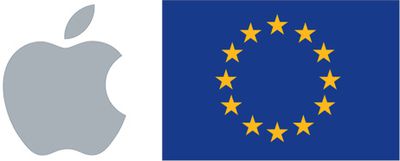
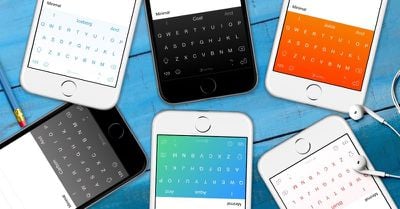
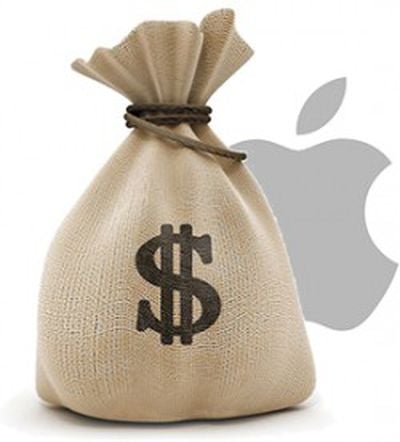 Apple has raised $7 billion in debt through a five-part bond sale of both fixed and floating rate notes, according to the company's
Apple has raised $7 billion in debt through a five-part bond sale of both fixed and floating rate notes, according to the company's 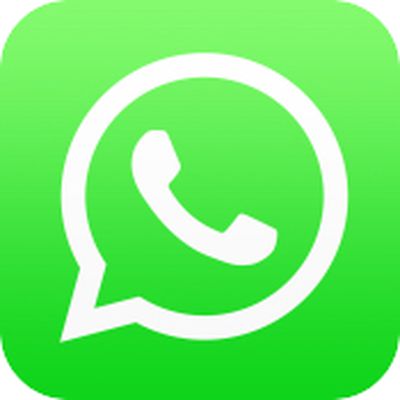 Popular third-party chat app
Popular third-party chat app 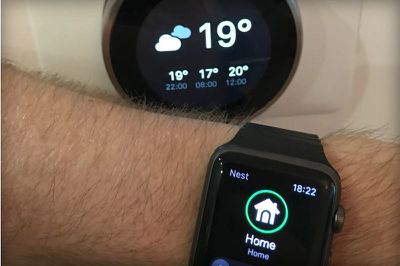
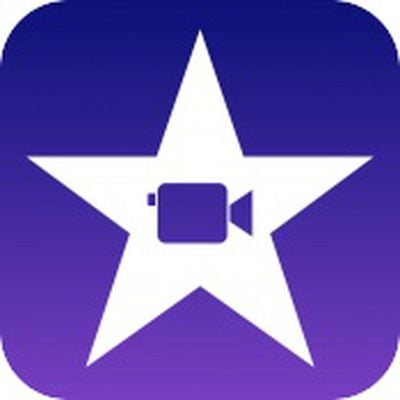 Apple today updated iMovie for iOS, its consumer-oriented video editing app designed for iPhones and iPads. iMovie version 2.2.3 makes it easier to start and share projects and it includes unspecified stability and performance improvements.
Apple today updated iMovie for iOS, its consumer-oriented video editing app designed for iPhones and iPads. iMovie version 2.2.3 makes it easier to start and share projects and it includes unspecified stability and performance improvements.